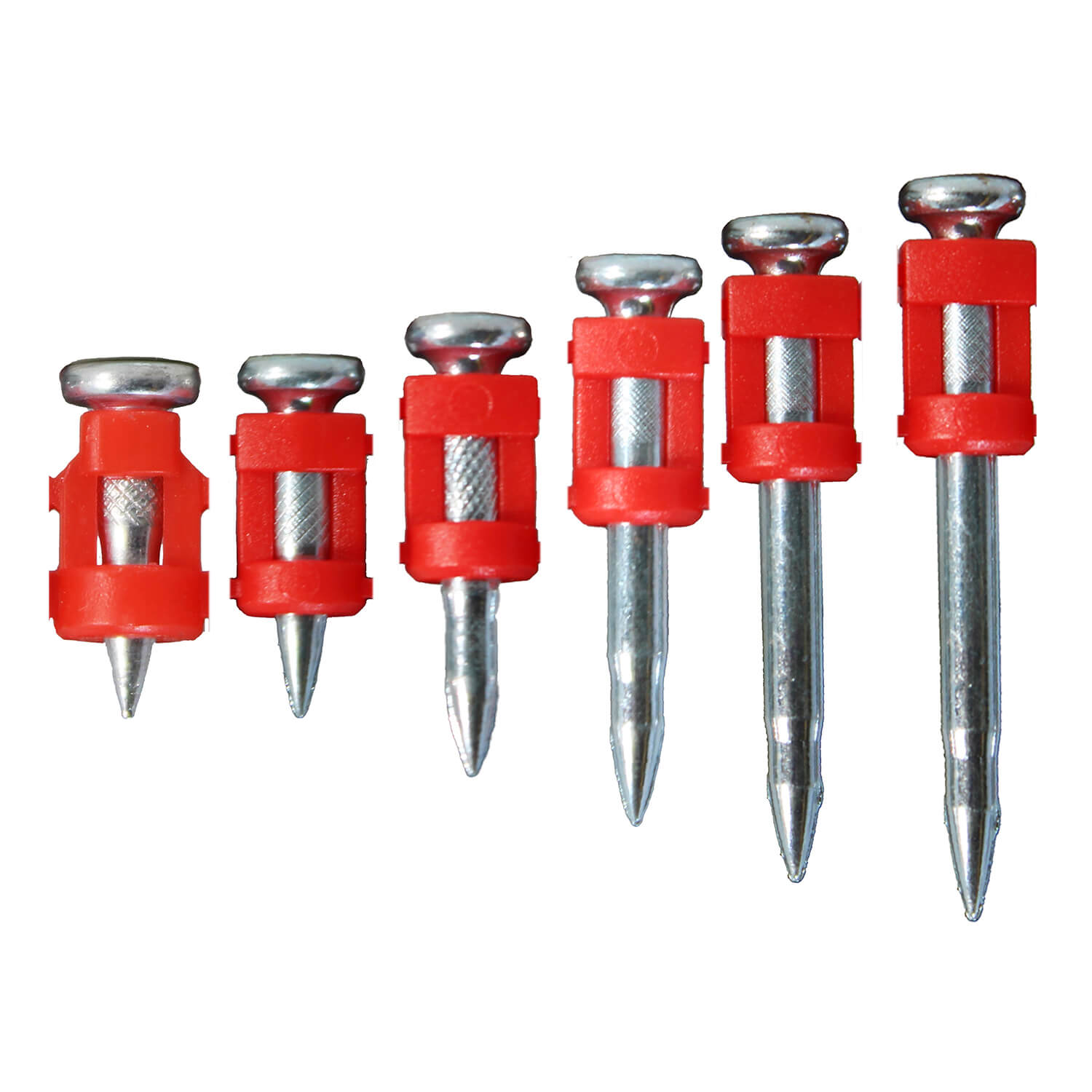- ETA approval for the FORCE ONE system
- New concrete screw BTS6 E long with M8 connection thread
- Innovation ResiTHERM® 16 - winner of the BIG SEE award 2023
- CELO 60th Birthday
- Our highlights of the BAU fair 2023
- New pre-nailing drill bit SDS Plus for FORCE ONE
Customer Service

Do you need help?
Choose a location
to view contact options
-- Choose --
-
 CELO Chile
CELO Chile
-
 CELO Croatia
CELO Croatia
-
 CELO France
CELO France
-
 CELO Germany
CELO Germany
-
 CELO Hungary
CELO Hungary
-
 CELO Latvia
CELO Latvia
-
 CELO Morocco
CELO Morocco
-
 CELO Poland
CELO Poland
-
 CELO Romania
CELO Romania
-
 CELO Slovakia
CELO Slovakia
-
 CELO Spain
CELO Spain
-
 CELO Sweden
CELO Sweden
-
 CELO UAE
CELO UAE
-
 CELO USA
CELO USA
Why should you use ETA approved anchors?
Published: 2021-08-11 | Updated: 2024-07-27


%20v2_Mesa%20de%20trabajo%201%20copia.png)
















%20v2_Mesa%20de%20trabajo%201%20copia%2021.png)
%20v2_Mesa%20de%20trabajo%201%20copia%2022.png)
%20v2_Mesa%20de%20trabajo%201%20copia%2026.png)
%20v2_Mesa%20de%20trabajo%201%20copia%2023.png)
%20v2_Mesa%20de%20trabajo%201%20copia%2024.png)
